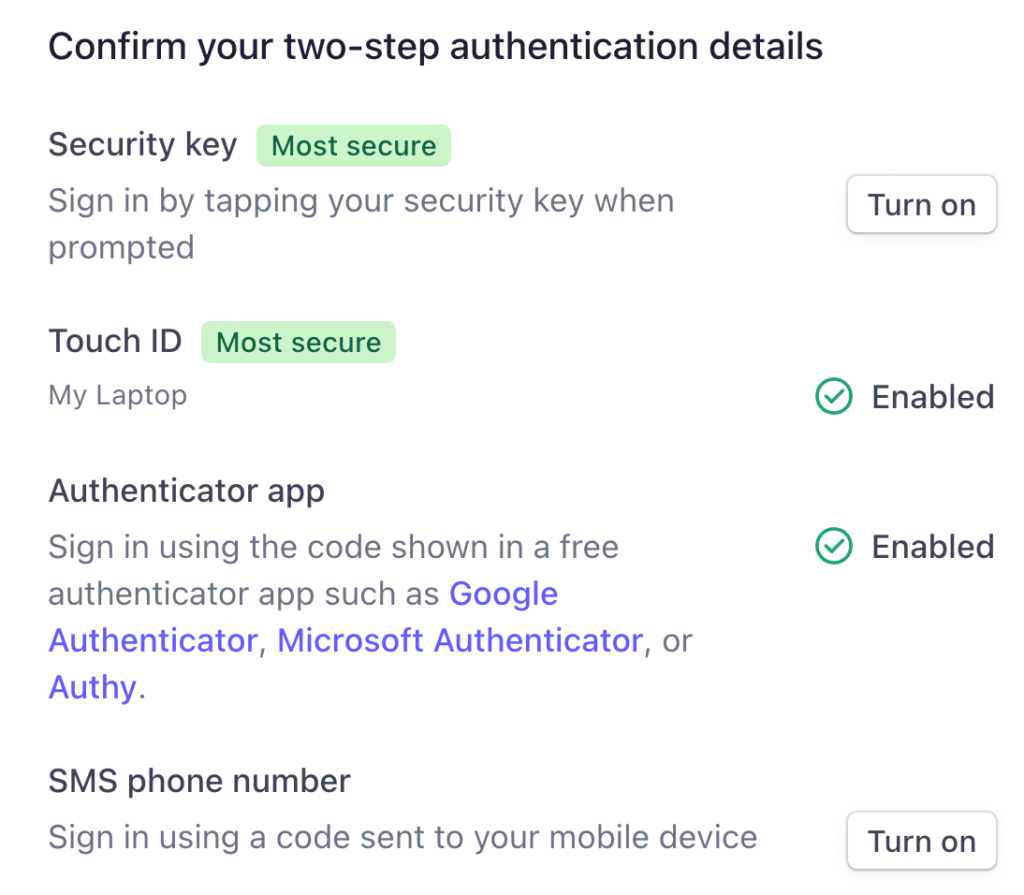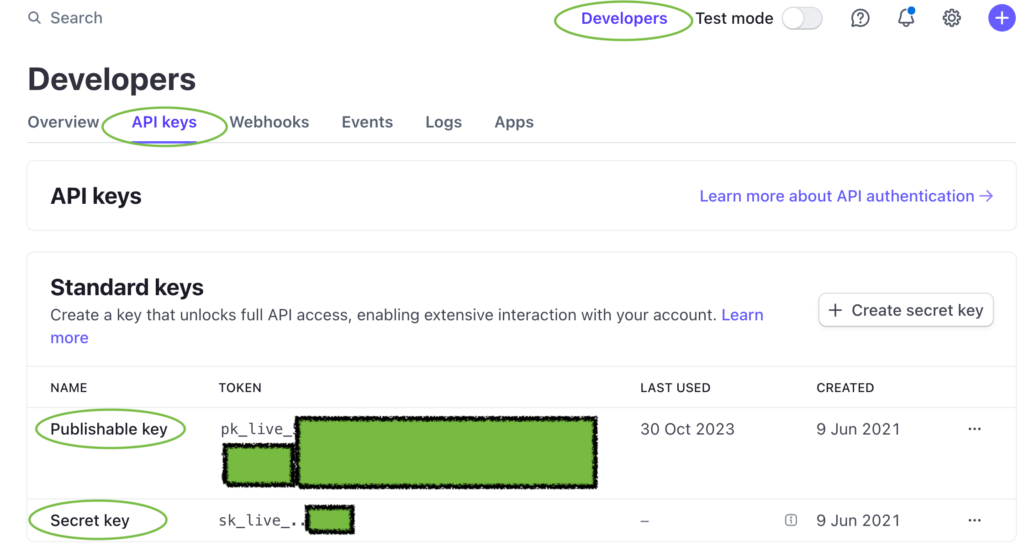In this blog post, we will lay the groundwork for achieving successful Stripe integration. This will involve creating a Stripe account, fetching the necessary API keys, and setting up our development environment. So, without further ado, let’s get started.
This article is part of a comprehensive series. Be sure to check out the previous post, where we delve into the reasons behind Stripe’s popularity among businesses and developers alike.
Disclaimer: I am not affiliated with Stripe. All insights shared in this article are based on my personal experience and opinions.
Table of Contents
- Setting Up a Stripe Account
- Fetching API Keys for Integration
- Initial Environment Setup for Integration
- Setting up Stripe API Keys in Your App
- Summary
Setting Up a Stripe Account
Follow these steps to create and set up your Stripe account:
- Navigate to the Stripe website.
- Sign up. On the homepage, click on the Start now button, or navigate to the registration page. This will prompt you to create a new Stripe account. If you already have an account, log in to your dashboard and you’re done (you can safely ignore the steps below).
- Add personal details. Once you’re on the registration page, provide the necessary information such as your email address, full name, and password.
- Verify your email. After filling in the details, Stripe will send a verification email to your registered email address. Verify your account by clicking on the link in the email.
- Configure your account. Following the verification step, you will be redirected to complete your account setup. This will involve specifying your business details.
Good to know: Although Stripe boasts a significant global presence, it’s important to note that several countries still fall outside of its supported range. Does it mean you’re out of luck? Not at all. Read my detailed guide on opening a Stripe account in an unsupported country.
Fetching API Keys for Integration
Once your account is set up, it’s time to fetch your API keys:
- Navigate to the dashboard. After logging in, you should land on the Stripe Dashboard.
- View your API integration. On the top part of your Dashboard, you will see a menu item labeled Developers. Expand this option and select API keys.
- Retrieve API keys. On this page, you’ll see two keys labeled as Publishable key and Secret key. These are critical for your Stripe integration.
Note: Keep your keys secure! Anyone with your API keys has the potential to create, delete and modify your Stripe data.
Initial Environment Setup for Integration
The environment setup will be specific to the language that you’re working with. In this tutorial, however, we will focus on a Java setup.
Good to know: Stripe can be easily adopted across a wide range of platforms and provides libraries in languages such as Java, Python, PHP, JavaScript, Go, and .NET. Moreover, it offers several SDKs for mobile and web development.
Using Maven
Add the Stripe Java dependency to your pom.xml. Open your project’s pom.xml file and add the Stripe Java library as a dependency:
<dependencies>
<!-- Other dependencies -->
<dependency>
<groupId>com.stripe</groupId>
<artifactId>stripe-java</artifactId>
<version>LATEST_VERSION</version>
</dependency>
</dependencies>Replace LATEST_VERSION with the most recent version of the stripe-java library. You can find this on Stripe’s official GitHub repository or Maven Central.
Using Gradle
Add the Stripe Java dependency to your build.gradle. If you’re using Gradle, you need to add the Stripe Java library to your build.gradle file like so:
dependencies {
// Other dependencies
implementation 'com.stripe:stripe-java:LATEST_VERSION'
}Again, replace LATEST_VERSION with the latest version of the library.
Setting up Stripe API Keys in Your App
After adding the Stripe dependency to your project, you need to configure your application to use your Stripe API keys.
Note: Keep your secret API key private! Ideally, you should not hard-code your API keys in your source code, nor should you ever push them to your repository. Use environment variables or a configuration file to store them, ensuring they remain secure and easily changeable.
Use the following example to initialize Stripe with your secret key:
import com.stripe.Stripe;
import com.stripe.exception.StripeException;
import com.stripe.model.Charge;
public class StripeIntegrationExample {
public static void main(String[] args) {
// Set your secret key.
// Remember to switch to your live secret key in production.
// See your keys here: https://dashboard.stripe.com/account/apikeys
Stripe.apiKey = "sk_test_yourSecretKeyHere";
// Now you can use the Stripe object as you please.
}
}Be sure to replace sk_test_yourSecretKeyHere with your actual Stripe secret key.
Summary
Congratulations! You’ve now set up a basic Java environment ready for Stripe integration. From here, you can extend your project to include more sophisticated Stripe operations suited to your application’s needs. Stay tuned for our next post, where we start building a project from scratch! See you there.





0 Comments